Advertiser content
Why autumn establishment is key to optimising yield
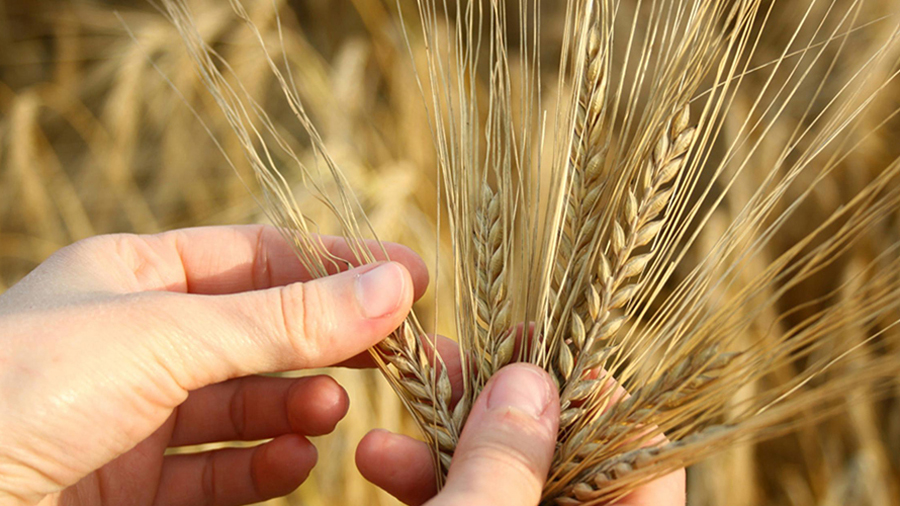
Improve nutrient use efficiency now, for optimal yields later
Reducing greenhouse gases and producing more food with less inputs is the major challenge facing UK farmers over the next decade.
Increasingly, farmers will need to focus on making the most efficient use of nutrients for both arable and grassland production. This means ensuring crops have an adequate supply of all the nutrients they need that are essential to optimise yields.
Boost autumn establishment to increase nutrient use efficiency
Increasing nutrient use efficiency is one of the main ways that farmers can meet their future challenges head on. Better retention of the nutrients applied will not only increase crop performance and yield, it will also reduce losses to the environment.
ICL have conducted many trials that prove Polysulphate can boost autumn establishment and root development which leads to increased yields at harvest.
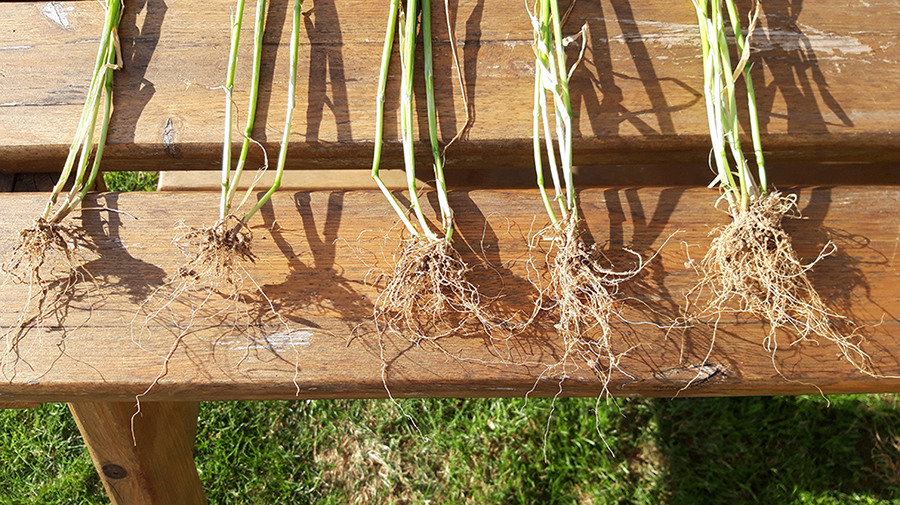
Left: normal fertiliser application without Polysulphate; Right; normal fertiliser application with Polysulphate
Did you know?
Liebig’s law of the minimum states that the yield of plants is not dictated by the total resources of nutrients available, but by the scarcest one. This applies in autumn, not just in spring.
Essential nutrients for autumn sown crops
- Phosphorus is essential for crop establishment. Phosphorus helps establish healthy root systems at the beginning and promotes root growth.
- Potassium promotes increased root growth and is required with sulphur for the plant to take advantage of available nitrogen in the soil.
- Calcium and magnesium are critical for root development and seed establishment. Magnesium is essential for proper photosynthesis.
- Sulphur applied in autumn improves uptake of nitrogen and other nutrients
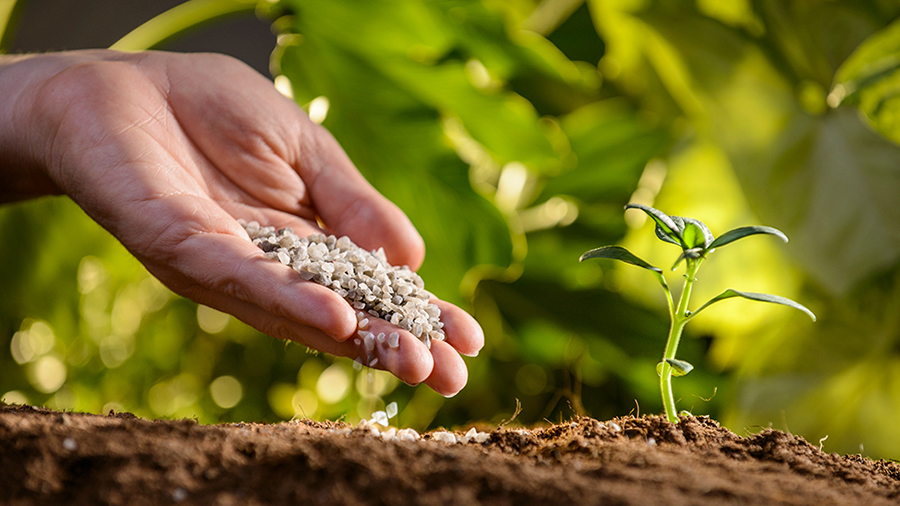
© ICL
The scarcity of sulphur in soils
Sulphur is often the scarcest nutrient, particularly in the autumn.
As atmospheric deposition of sulphur has declined over the past 50 years, so UK soils have become increasingly deficient. The need for sulphur fertiliser applications has therefore become critical.
Traditionally applied in the spring with nitrogen, there has been increasing evidence demonstrating the benefits of an autumn application of sulphur to support root development and boost nutrient uptake and retention in the crop over the winter.
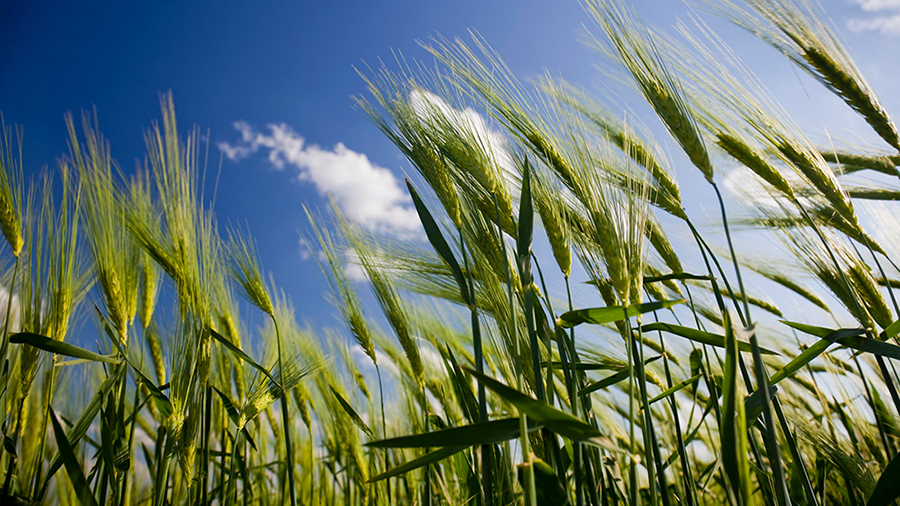
© ICL
Did you know?
Independent soil analysis experts estimate that in 2019, some 85% of UK arable land was deficient in sulphur and in grassland it was 88%.
Give your crops the best start
Improved yield starts with establishment and ensuring plants have all the nutrients available for root development. The larger the root biomass, the more nutrients a plant can take up.
Did you know?
Just one extra centimetre of root on each plant will touch an extra 130 tonnes of soil over a hectare.
30% average root mass increase
From ICL trials and user feedback over the past three years of commercial use, farmers can expect to see an estimated 30% increase in root mass following an autumn application of ICL’s FertilizerpluS products.
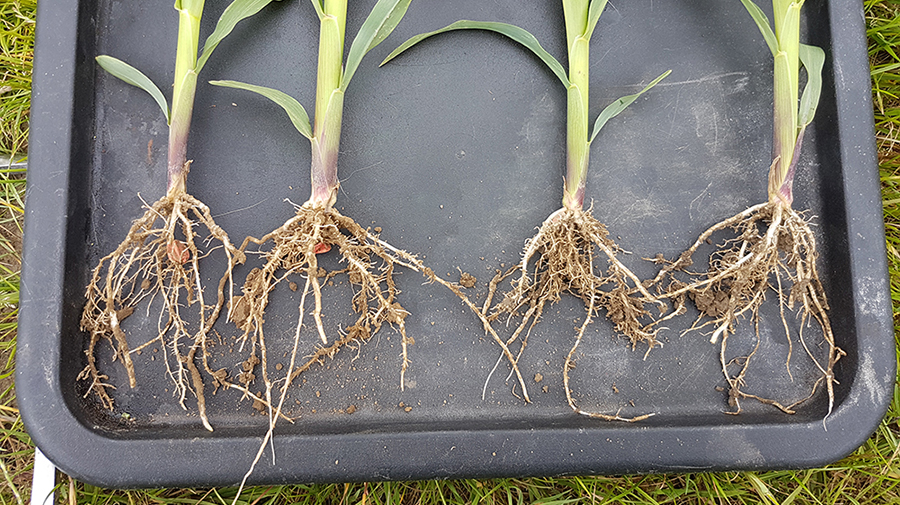
Left; normal fertiliser application with Polysulphate; Right: normal fertiliser application without Polysulphate
Improve nitrogen uptake
Both sulphur and potassium are vital to achieve maximum nitrogen use efficiency, even in autumn where residual nitrogen from the previous crop is present within the soil; mineralised nitrogen also occurs due to natural breakdown within the soil profile.
With insufficient potash and sulphur, valuable nitrogen will be lost – this is both an economic loss and will harm the environment as nitrogen is volatilised or leached.
“Increasing nutrient use efficiency – particularly nitrogen efficiency – is one of the key ways in which farmers can move towards net zero in practical and quantifiable steps. By definition, getting more of the applied nutrients into the crop means nutrient losses to the environment are reduced and farmers can increase their returns.” – Peter Scott, Origin Fertilisers.
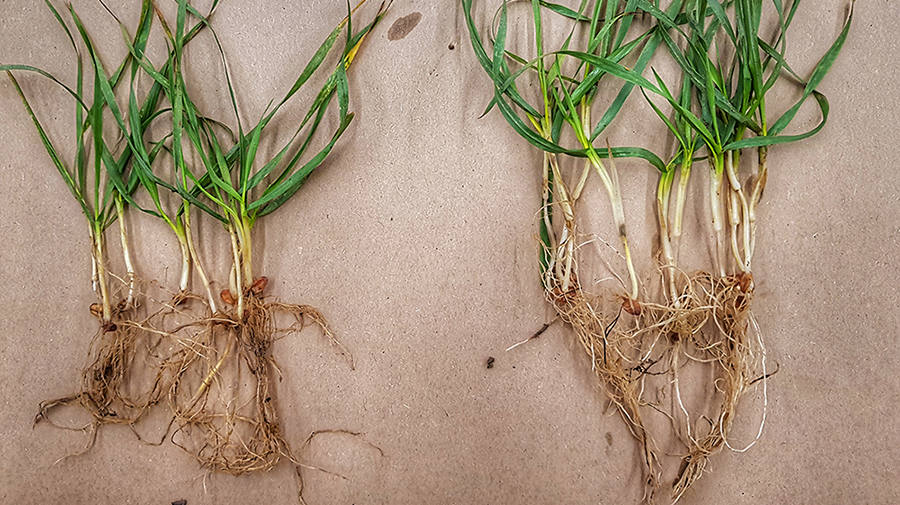
Left: normal fertiliser application without Polysulphate; Right; normal fertiliser application with Polysulphate
Trials show 28% increase in nitrogen uptake
In trials, conducted in 2020/21 on winter barley, an application of 100 kg/ha of Polysulphate resulted in a 28% increase in nitrogen uptake by the crops and a 41% increase in phosphate too. This represents a significant increase in the efficiency use for all key elements during the autumn period.
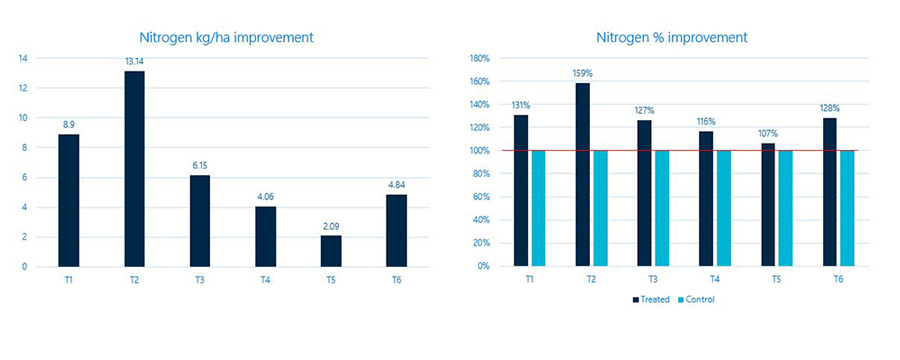
Use Polysulphate to increase uptake of nutrients in autumn soils
Polysulphate-based fertilisers are the ideal solution to meeting the autumn requirement for sulphur, potassium, magnesium and calcium. These products offer a prolonged release of nutrients which is particularly valuable for sulphate, a nutrient prone to leaching.
Set up strong spring growth
The results can be observed in crops as stronger, healthier plants with a significantly enhanced biomass. Plants that enter the winter dormant period in a healthy state will emerge faster and stronger once growth recommences in spring.
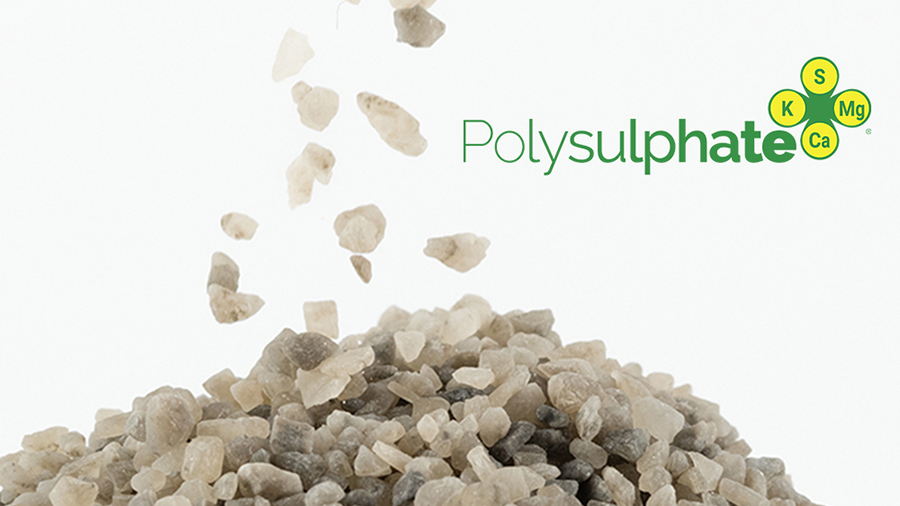
Apply as a straight or part of a nutrition programme
Polysulphate, which contains 48% SO3, 14% K2O, 6% MgO and 17% CaO all in a sulphate form, can be applied as a straight fertiliser or be incorporated into an autumn programme as recommended by Origin’s Peter Scott.
“The sustained nutrient release of sulphur, potassium, calcium and magnesium in Polysulphate can increase nitrogen and phosphate uptake, improving their efficiency and reducing losses to air and water. Polysulphate is a key component of Origin Fertilisers NUTRI-MATCH prescription fertilisers which are designed to meet specific crop nutrient requirements, avoiding excess and deficiency and increasing efficiency.”
Contact your local distributor/merchant for more information or visit the ICL Plant Nutrition website.
Provided by
ICL are experts in crop nutrition, such as Controlled Release Fertilisers (CRF). We are also market leaders in phosphate, potash and Polysulphate® based fertilisers. We offer high quality products to help farmers increase productivity, in a more sustainable way.
